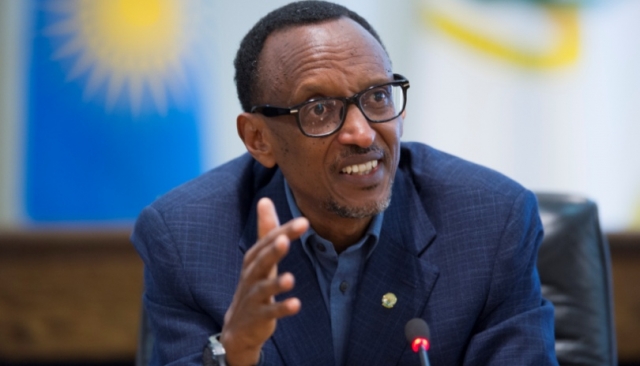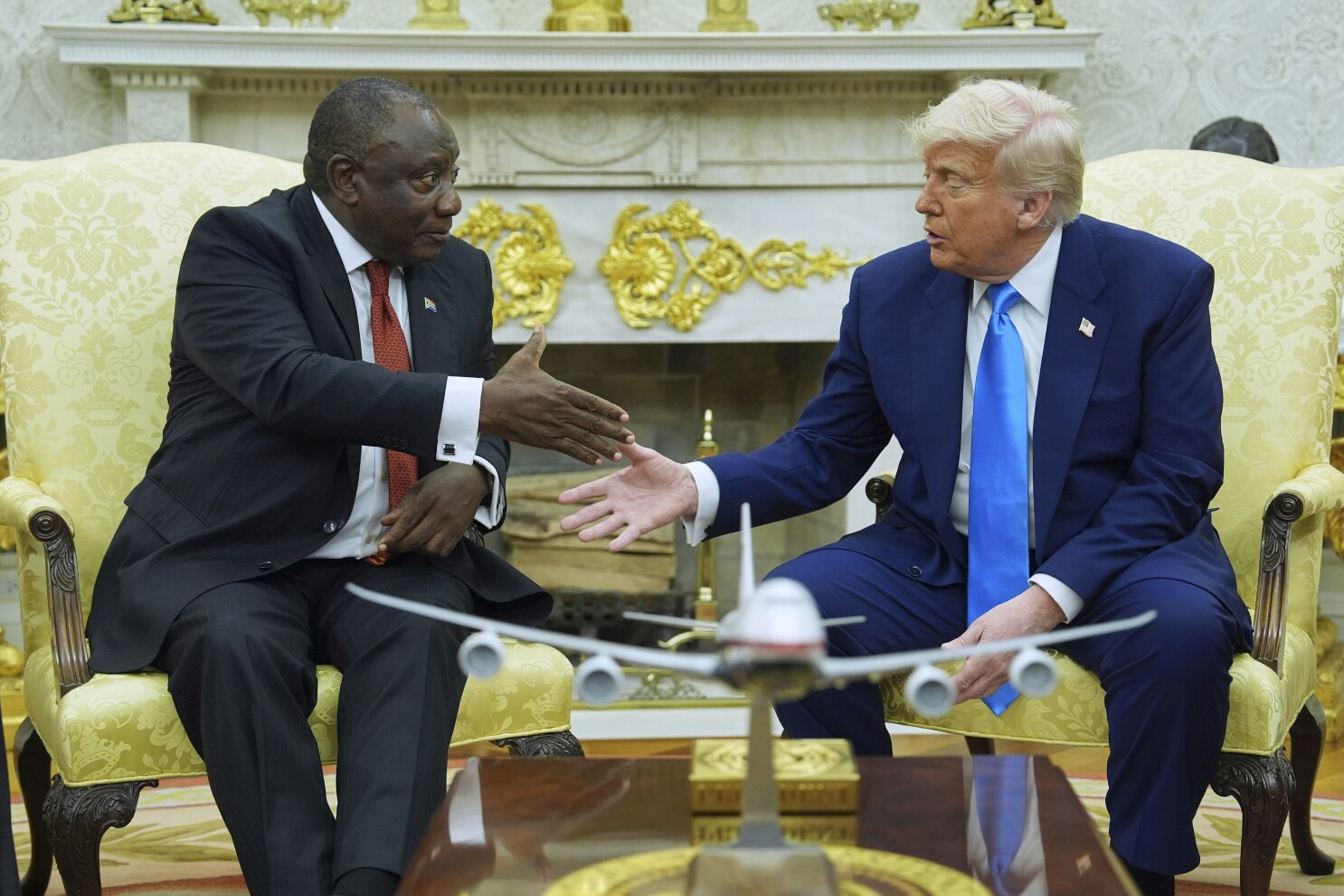
Rwanda says the country isn’t in debt distress
To finance infrastructure development and other development expenditure, the Government often has to borrow from international financiers, the private sector, its citizens and other governments.

Public debt levels have continued to be a reason of concern among regional countries, prompting the International Monetary Fund (IMF) to caution countries on their debt burdens.
Currently, Rwanda’s total debt levels are at 27.7 percent of the Gross Domestic Product.
This is still significantly lower than the East African threshold of 50 percent, according to the Minister for Finance and Economic Planning, Uzziel Ndagijimana.
With Rwanda’s current GDP estimated at close to $10 billion, the country owes about $2.7 billion to both local and international financiers.
At the end of 2016, the external debt to GDP stood at 35.2 percent while domestic debt was about 9.4 percent.
Domestic debt is where the government borrows within the country from firms and citizens through bonds.
Given that the country has a low risk of debt distress, it still has room to borrow more money in case it needs financing.
With an ambitious seven-year plan, the Government is bound to borrow, largely to finance infrastructure development projects such as the expansion of the road network, construction of the standard gauge railway, utility penetration, establishment of secondary cities and financing of special economic zones among others.
Officials at the ministry of finance say that the government is comfortable with current debt levels considering that a majority of it stems from concessional loans between (75 percent and 80 percent).
Concessional loans is credit that is extended on terms substantially more generous than market loans usually by international development financier such as The World Bank, African Development Bank among others.
The loans have significantly low-interest rates and long grace periods with the possibility of revising terms further.
The ministry said that when borrowing, the always aim at exhausting the concessional options before getting market value loans which are not only expensive but have shorter payment durations.
Payment of the current and future debt is largely pegged on the growth of export revenues which the government says have been growing steadily owing to the Made in Rwanda initiative.
Rwanda’s debt levels have in recent years been driven by investments in large investment projects, for instance, expansion of RwandAir and construction of Kigali Convention Centre.
The debt levels have also been influenced by the country’s ambition to steer away from development assistance and donations towards dependence and concessional loans.
The International Monetary Fund noted that the median level of public sector debt in sub-Saharan Africa rose from about 34 percent of Gross Domestic Product in 2013 to in excess of 50 percent in 2018.
Over 15 low-income sub-Saharan African countries have been classified at high risk of debt distress.
Among the causes of concern also include the fact that global interest rates have been rising steadily making it harder for low-income countries to pay back money borrowed.






